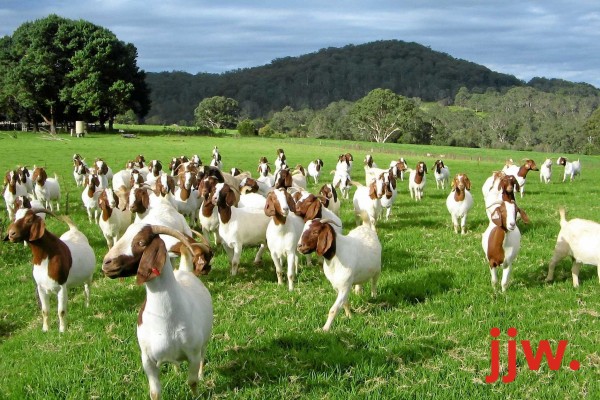- Home
-
Products & Categories
-
(SIC) 10130 Production of meat and poultry meat products
- Frozen Whole Chicken
- Frozen Chicken Breast Fillet
- Frozen Chicken Legs
- Frozen Chicken Drumstick
- Frozen Chicken Thigh
- Frozen Chicken Liver
- Frozen Chicken Gizzards
- Frozen Chicken Hearts
- Frozen Chicken Necks
- Frozen Chicken three joint wings.
- Frozen Chicken two joint wings.
- Frozen Chicken mid wings.
- Frozen Chicken Feet
-
(SIC) 46320 - Wholesale of meat and meat products
- HALAL FROZEN BEEF FOREQUARTERS
- HALAL BEEF FOREQUARTER FRANK OFF, BONELESS
- HALAL FROZEN BEEF STRIPLOIN
- HALAL FROZEN BEEF TENDERLOIN
- HALAL FROZEN BEEF FLANKS CUTS ( bone in/boneless )
- HALAL FROZEN BEEF BRISKET
- HALAL FROZEN BEEF HINDQUARTERS
- HALAL FROZEN BEEF TOPSIDE
- HALAL FROZEN BEEF SILVERSIDE
- HALAL FROZEN BEEF KNUCKLE
- HALAL FROZEN BEEF FULL RUMP (heart rump / rump cap / rump tail)
- HALAL FROZEN BEEF SHIN SHANK (bone-in / boneless)
- HALAL FROZEN BEEF TRIPE
- (SIC) 46320 - Slaughtering, Distribution and Wholesale of Frozen Pork Meat products
-
(SIC) 46320 - Slaughtering, Distribution and Wholesale of Lamb & Mutton, Goat Meat
- Halal Fresh/Frozen Goat carcass
- Halal Fresh/Frozen Goat 6 ways cut
- Halal Fresh/Frozen Goat legs (bone-in / boneless)
- Halal Fresh/Frozen Goat shoulder
- Halal Fresh/Frozen Goat cubes
- Halal Fresh Chilled/Frozen Lamb carcass
- Halal Fresh/Frozen Lamb 6 ways cut
- Halal Fresh/Frozen Lamb legs (bone-in / boneless)
- ( SIC) 46230 Farming, Wholesale of live animals
-
(SIC) 20150 Distribution and Wholesale of Fertilizers and Nitrogen compounds
- Prilled Urea N46 fertilizer - Packed in 25kg bags, 50kg bags, 1000kg big bags.
- Granular Urea N46 fertilizer - Packed in 25kg bags, 50kg bags, 1000kg big bags.
- Ammonium Nitrate
- Sulphur - Granules / Lumps / Powder
- 18-46-0 , Diammonium phosphate (DAP) fertilizers
- NPK Fertilizers
- Calcium Ammonium Nitrate (CAN)
- Monoammonium Phosphate
- Muriate of potash - MOP Pink Granular
- Muriate of potash - MOP White Standard
- Potassium Nitrate
- Calcium Nitrate concentrated
-
(SIC) 46330 Production and Wholesale of Dairy products, Fertilized/Table Eggs
- ( SIC ) 46330 - Wholesale of Edible oils and fats
-
(SIC) 11070,11050 Distribution and Wholesale of Soft Drinks and Beer
- (SIC) 46719, 46730 - Wholesale of wood, construction materials, other fuels and related products.
-
(SIC) 10130 Production of meat and poultry meat products
- About
- FAQS

 En
En IT
IT